What does ‘All Eyes on Rafah’ Mean?
By Sarah Shamim (Al Jazeera)
An image with the text “All eyes on Rafah” is on every other Instagram story, dominating social media discourse on Israel’s war on Gaza.
Here’s more about the trend and the image, which has been re-shared on more than 46 million Instagram stories since Monday, a day after Israel’s deadly offensive on Gaza’s Rafah.
What does ‘All eyes on Rafah’ mean?
- “All eyes on Rafah” is an artificial intelligence (AI) generated image with a slogan calling attention to the situation in Rafah, the southernmost city in the Gaza Strip near the border with Egypt.
- After the beginning of Israel’s war on Gaza, Israel began bombing it from the north and moved down, displacing Palestinians from their homes as they fled south to seek shelter.
- By February, about half of Gaza’s 2.3 million population had been pushed into Rafah when Israel said it planned to launch a ground operation on Rafah, claiming Hamas four brigades, the Palestinian group that governs the Strip, were there.
- The announcement was condemned worldwide. In February, Richard “Rik” Peeperkorn, WHO representative for Gaza and the occupied West Bank, said “all eyes” are on the impending Rafah offensive. Ameera Kawash, a UK-based Palestinian-Iraqi-American artist and researcher, whose work explores the effect of AI on Palestinian lives and narratives, told Al Jazeera that “All eyes on Rafah” likely originated from his statement.
- Since then, the slogan has appeared on protest posters and other social media posts.
What’s happening in Rafah?
On Sunday, two days after the International Court of Justice (ICJ) ordered Israel to halt its offensive on Rafah, Israeli bombardment killed at least 45 people in al-Mawasi in western Rafah, which was previously declared a safe zone.
Another Israeli attack killed 21 in a displacement camp west of Rafah on Tuesday, at least 12 of those killed were women. Air attacks were reported on Wednesday morning.
Israel has killed at least 36,171 people in Gaza since October 7, according to the Ministry of Health in Gaza.
What does the ‘All eyes on Rafah’ image look like?
- The AI-generated image shows an aerial view of a camp set out in orderly rows of tents, nestled between what look like snowy peaks. In the middle, some lighter-coloured tents are arranged to spell out “All eyes on Rafah”. A clear blue sky with cotton-ball clouds is in the background.
- Rafah looks nothing like that: Its skies are grey with smoke from Israeli bombs and there are no orderly rows of tents – many are smouldering after being bombed with their occupants still inside, and debris is scattered between them.
- Rafah is also far more crowded – with an estimated 1.4 million people seeking refuge there from Israel’s bombs in February, according to the United Nations.
- Al Jazeera’s Sanad fact-checking agency confirmed that the image was generated using an artificial intelligence (AI) tool.
Who has shared the ‘All eyes on Rafah’ AI-generated image?
The image is being reposted on Instagram stories by users globally.
As of 11:30 GMT on Thursday, it has been reposted on 46.6 million Instagram stories. These include the accounts of:
- American supermodel Bella Hadid, whose father is Palestinian.
- Irish actress Nicola Coughlan from the Netflix show Bridgerton.
- American comedian and writer Hasan Minhaj, as well as American actor Aaron Paul.
- British actor and activist Jameela Jameel and British singer Dua Lipa.
- Famous Indian actors, including Varun Dhawan, Priyanka Chopra Jonas, Alia Bhatt and Kareena Kapoor Khan.
The first Instagram story using it was posted on Monday by user @shahv4012. Al Jazeera could not confirm whether this user created the image. But the user has commented on their Instagram stories “that they apologise if many people were not ‘satisfied’ with the picture and to keep urgently spreading the word to stop what is happening in Rafah,” Kawash said.
Besides Instagram, the image has also been re-shared on X.
Why is ‘All eyes on Rafah’ so viral?
The image has caught more attention than many photos of Rafah or Gaza.
This could be because the image is being shared using Instagram’s “Add Yours” feature, which allows users to repost it in seconds without having to search for images.
Precisely because the image is AI-generated, it appears to have escaped any censorship based on keywords, helping with its explosive spread. “The AI-generated template seems to have passed keyword detection or text-based censorship,” Kawash said.
It is also an easy way for celebrities and influencers to talk about a war many of them have not spoken about previously, she said.
But there could be another reason, too, some experts said: The AI image might be more palatable to some viewers than real photos of Gaza, which are graphic and often show blood, dead bodies and violence.
“I believe the virality of this image is largely due to its stark contrast with the predominant visual imagery of the war … To humanise the victims in Gaza and Rafah, social media users often share vivid images of casualties and mourning family members,” Eddy Borges-Rey, associate professor in residence at Northwestern University in Qatar, told Al Jazeera.
“This might explain why algorithms on platforms like Meta [Facebook and Instagram], designed to filter graphic violence, did not flag this image. Unlike real, graphic images of the war, which might be restricted or removed due to content policies, this AI-generated image could spread more freely, contributing to its rapid virality,” said Borges-Rey.
How have people reacted to ‘All eyes on Rafah’?
While several social media users have celebrated the virality of the image, many others have been angered by it.
Those critical of the post deem re-sharing it as performative activism that distracts from real images and important updates from Rafah.
“The image undermines Palestinian testimony and lived experience. It portrays an AI-generated scene with digital tents arranged into readable text across a vast expanse with snow-covered mountains in the background — a far cry from Gaza,” said Kawash.
“This AI-generated image has caused controversy because Palestinians have for decades asked the world to see them and believe them. Palestinian lived experiences and testimony have been systematically undermined and gas-lit by Israeli hasbara,” she said, referring to Israel’s public diplomacy efforts that use carefully crafted propaganda narratives.
“With so many Palestinian citizen journalists in Gaza risking their lives to document their realities on the ground, the AI-generated image can seem like another form of digital erasure.”
What’s next after ‘All eyes on Rafah’?
That, said Kawash, is the big question, as Israel’s assaults on Rafah intensify. On the one hand, she said, the virality of the AI image helps shine a global light on the crisis in the southern Gaza city.
“However, this messaging falls short — as many Palestinians and advocates have noted, ‘All eyes are on Rafah – and now what?’” she said. “The messaging should include calls for an immediate ceasefire, yet that has not worked so far, so it should also include demands for governments to sanction Israel now.”
More broadly, she said, the explosive spread of the image points both to how AI can help spread the Palestinian narrative — by evading some censorship efforts — and its limitations.
“I would encourage users and consumers of AI-generated images, to consider how these AI-generated images are aestheticising and normalising scenes of horrific violence against Palestinians, and rendering them more digestible and safe,” Kawash said.






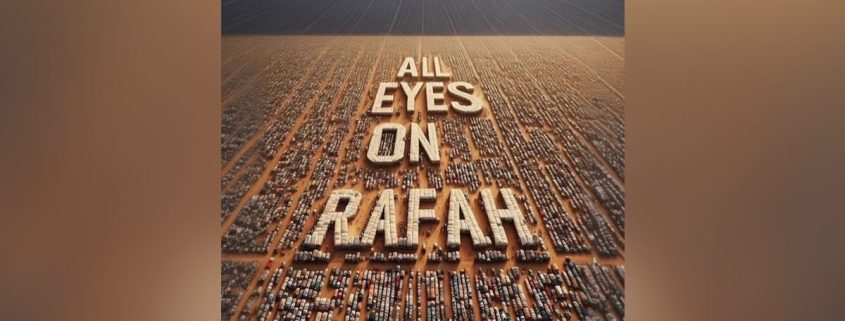
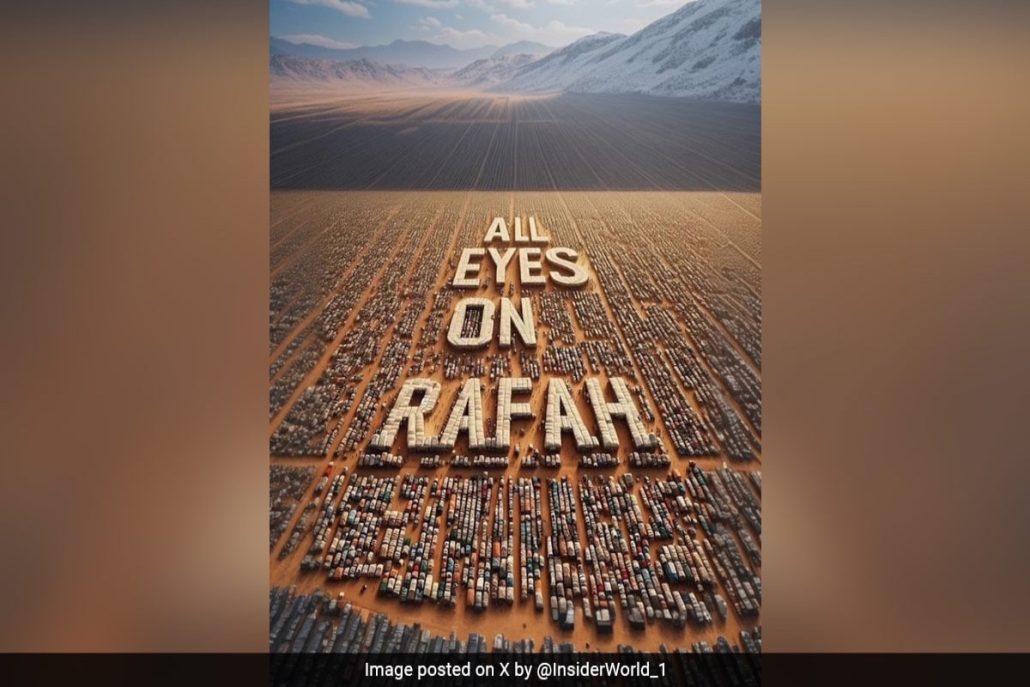

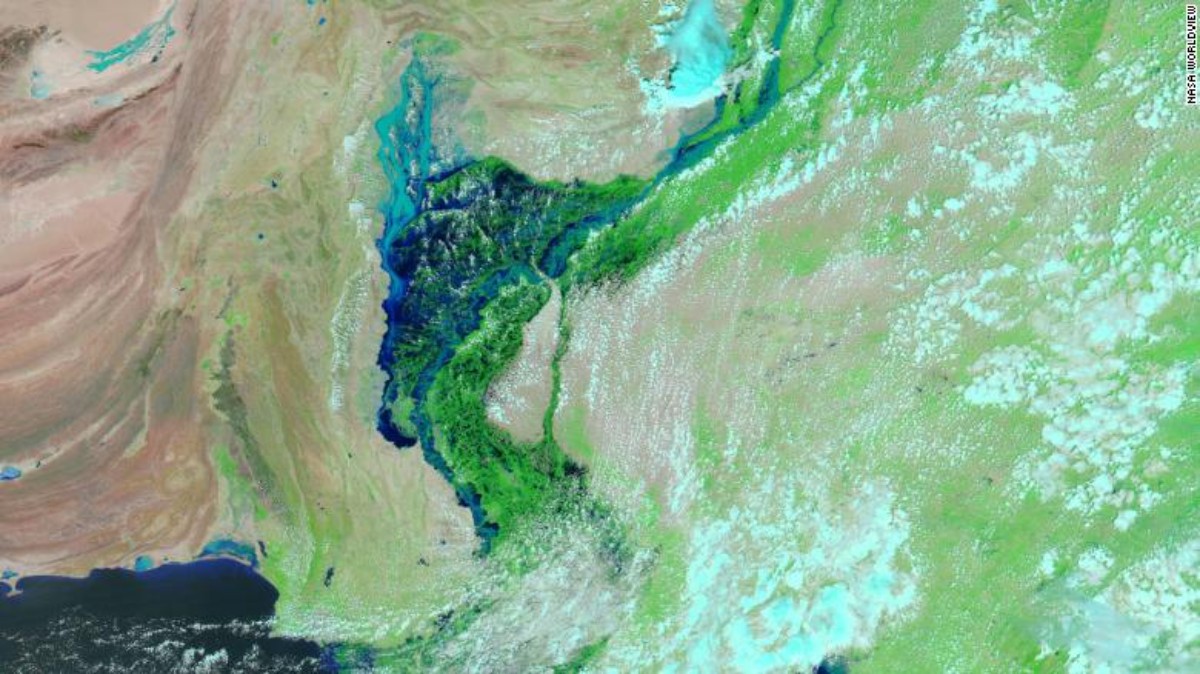
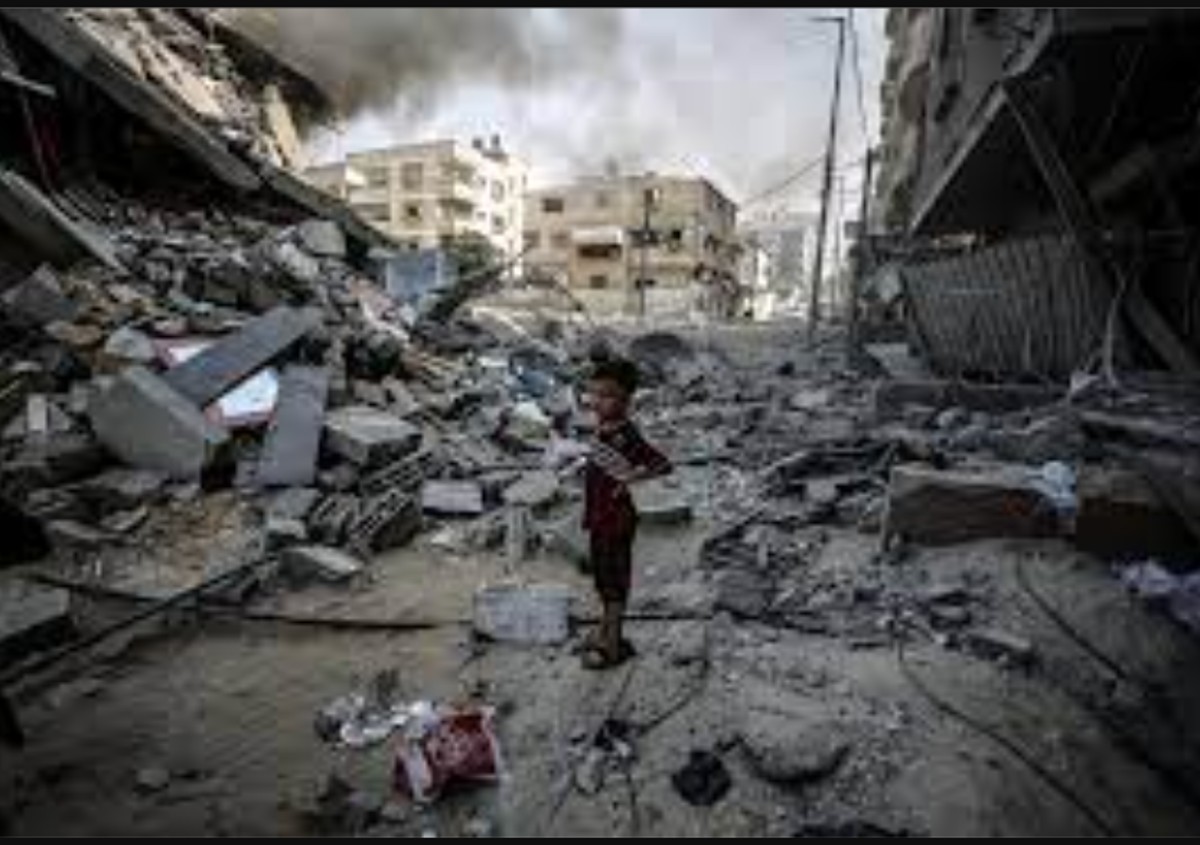
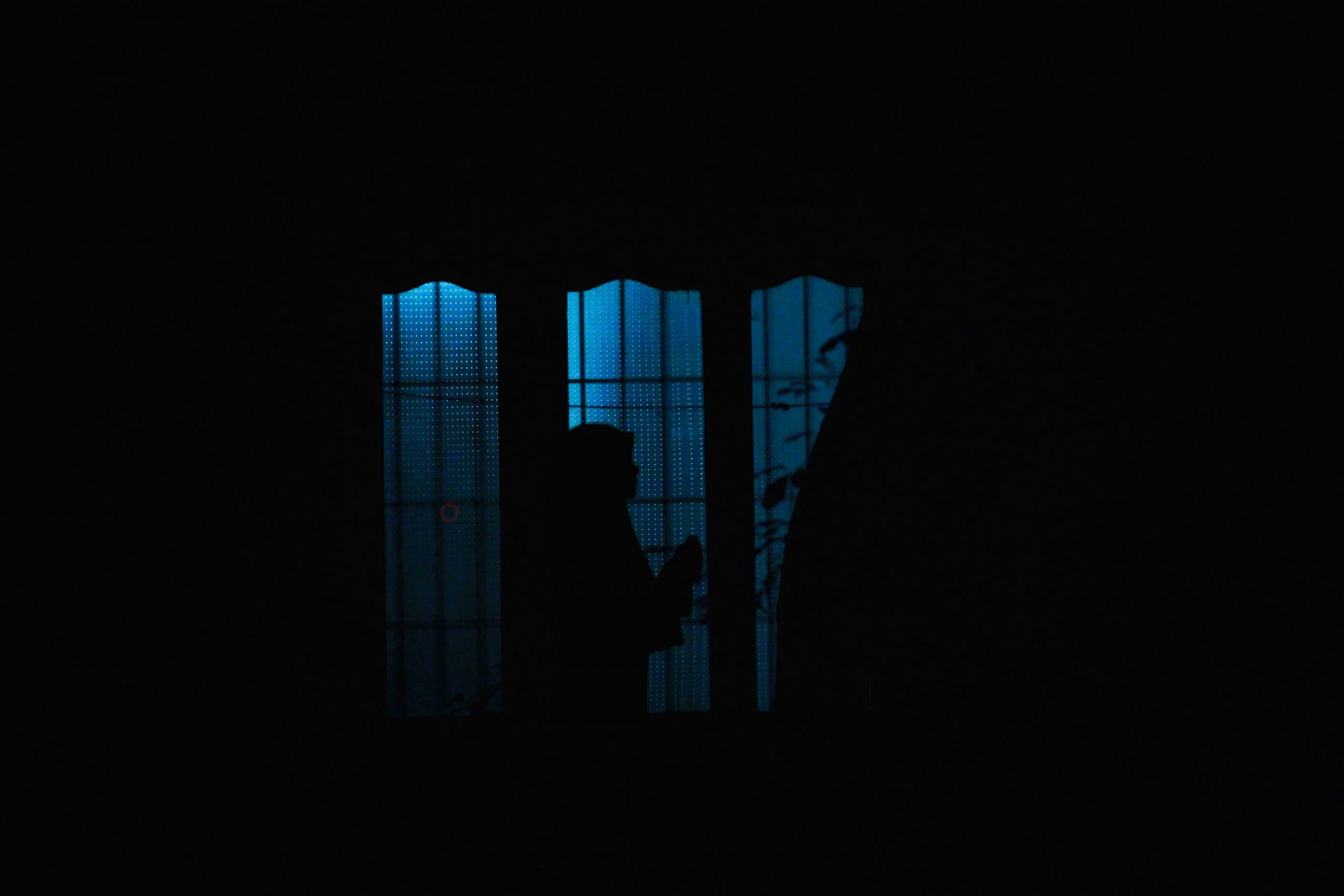
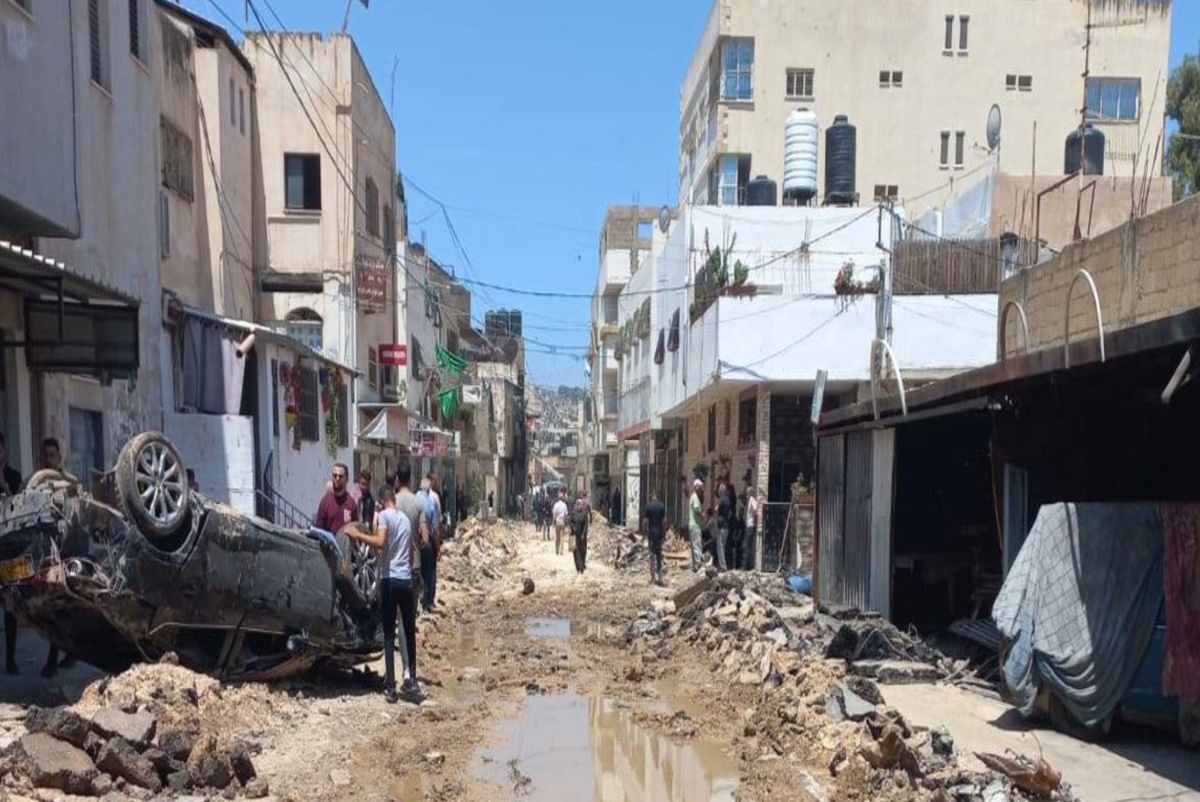
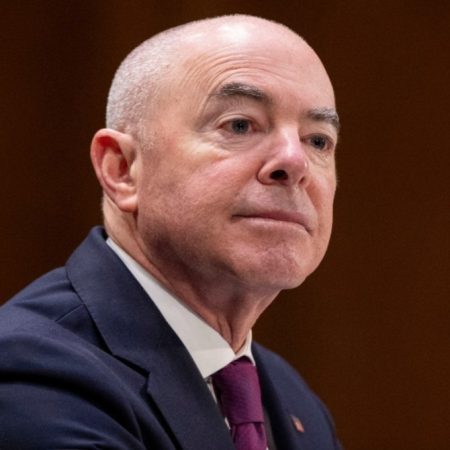
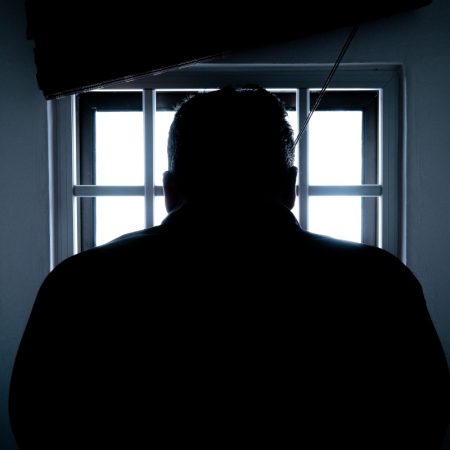
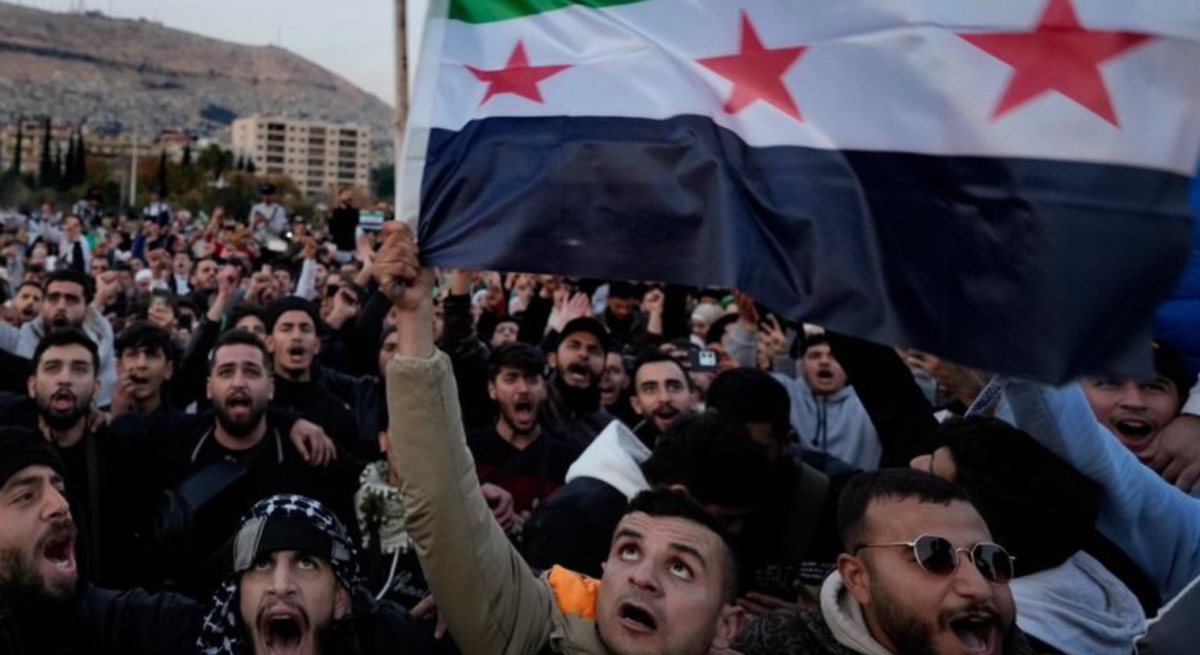





2024
2,027 views
views
0
comments